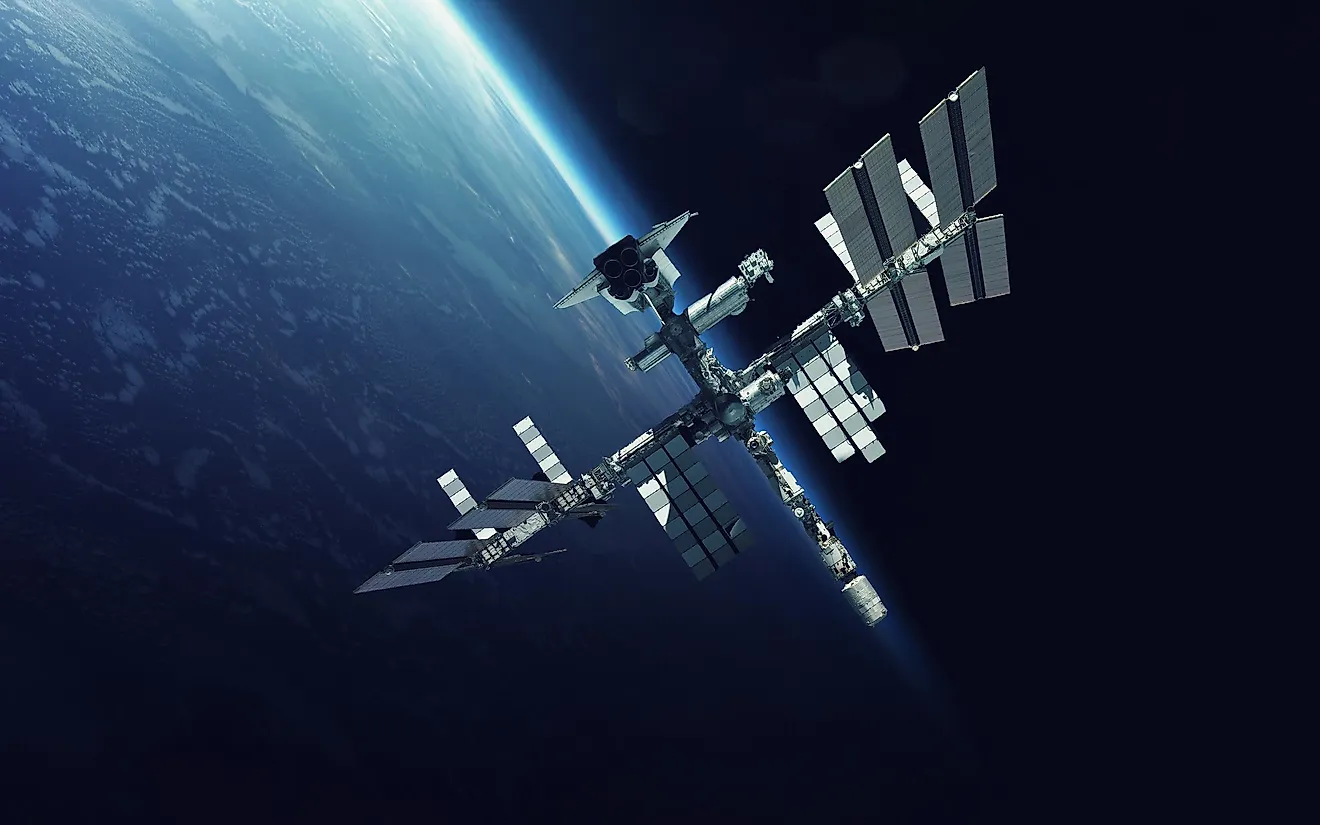What Is The Difference Between A Spacecraft And A Space Station?

A spacecraft is a machine that is technically designed to fly in space. They are distinctively designed for specific purposes such as communication, meteorology, space colonization, planetary exploration, navigation, Earth observation, and transportation of cargo and humans. Nearly all spacecraft require launch vehicles to reach space. Manned spacecraft have only managed to fly humans to the International Space Station and the moon. Space probes are robotic spacecraft used for scientific research while artificial satellites orbit a planetary body. Voyagers 1 and 2, Pioneers 10 and 11 and New Horizons are the only spacecraft on course to travel beyond the solar system. Most spacecraft are not recoverable once they launch, but a few have managed to travel back to Earth. The United States, the Soviet Union (Russia), the European Union, Japan, China, India, Taiwan, Israel, Iran, and North Korea are the only countries that have successfully launched spacecraft.
On the other hand, a space station is a type of spacecraft that is capable of supporting human life and is designed to remain in outer space for long. Unlike other spacecraft, space stations generally lack propulsion and landing mechanism. The International Space Station is the only operational and inhabited of its kind. Some decommissioned space stations include the Soviet Union’s Almaz and Mir, and NASA’s Skylab. China’s Tiangong-1 reentered the Earth’s atmosphere and broke up over the South Pacific on April 2, 2018. Tiangong-2 remains uncrewed in space but periodically sends back data. The United States, the EU, Russia, India, China, and several private companies are planning to build space stations in the coming decades.
History Of Spacecraft
Germany became the first country to successfully launch a spacecraft when its V-2 traveled beyond 117 miles in June 1944. On October 4, 1957, the Soviet Union’s Sputnik 1 became Earth’s first artificial satellite when it launched to the Low Earth Orbit. The launch of Sputnik marked the beginning of the space race that was characterized by scientific, political, military, and technological developments. In addition to being a technological breakthrough, Sputnik 1 helped identify Earth’s upper atmospheric layer.
Types Of Spacecraft
There are three types of spacecraft; crewed spacecraft, spaceplanes, and unmanned spacecraft. USSR/Russia, the United States, and China are the only countries that have so far launched crewed spacecraft. Vostok 1 was the first manned spacecraft when it carried Soviet astronaut Yuri Gagarin to space in 1961. A few months later the Americans launched freedom 7 that took Alan Shepard to an altitude of 116 miles. A spaceplane is a spacecraft designed to undertake spaceflight only. They resemble military jets. Spaceplanes takeoff from airfields, fly into space and fly back to Earth. The American X-15 was the first spaceplane to conduct a spaceflight. Others include Columbia, Challenger, Dragon V2, and CST-100 Starliner. Unmanned spacecraft make up the largest collection of artificial objects in space. They include space probes, communication, weather, military, and mapping satellites, and telescopes.
History Of Space Stations
The concept of space stations was envisaged as early as the late 1860s. In the early 20th century Konstantin Tsiolkovsky began studying how man could build a colony in space. Herman Potočnik suggested the “rotating wheel” concept to create artificial gravity in 1929. During World War II German physicists developed theoretical concepts on how to create an orbital weapon known as the “sun gun.” None of the concepts was ever realized. On April 19, 1971, the Soviet Union launched the Salyut 1 was the first space station. A few months later, the United States responded by launching Skylab. Decades after the Cold War ended, the United States and Russia began working on the International Space Station. The two countries assembled parts of the station on Earth and delivered them to space using space shuttles. Although the ISS is a joint program, it is divided into the US orbital segment and Russian orbital segment. It is currently used by the United States, Russia, European Union, Canada, and Japan. In September 2011 China launched its first space station, Tiangong-1. Three months later the unmanned Shenzhou 8 successfully managed an automatic docking with the station, and in 2013 the manned Shenzhou 10 also docked. In April 2018 Tiangong-1 disintegrated while dropping back to Earth.
Habitability Of Space Stations
Space stations present a challenging environment for humans, including a limited supply of water, food, and air. Long-term effects include weightlessness and ionizing radiation that lead to muscle atrophy, balance disorder, risk of cancer, and bone deterioration. These problems compounded with unknown risks have hindered distant exploration by manned spacecraft.











